Table of content
Fava beans, also known as broad beans, are a nutrient-rich legume celebrated for their earthy flavor and versatility in global cuisines. Packed with protein, fiber, vitamins, and minerals, they offer a range of health benefits. However, their freshness is fleeting, and improper storage can lead to spoilage, texture loss, or flavor degradation. This article explores scientific and traditional techniques to preserve fava beans for extended periods, ensuring year-round access to their culinary and nutritional benefits.
Understanding Fava Bean Spoilage
Fava beans, like most fresh produce, deteriorate due to enzymatic reactions, microbial growth, and oxidative processes. Enzymes naturally present in the beans accelerate ripening and softening, while bacteria and molds thrive in moist environments, causing spoilage. Oxidation, driven by exposure to air and light, leads to rancidity and color fading. Effective preservation methods target these factors to slow or halt degradation.
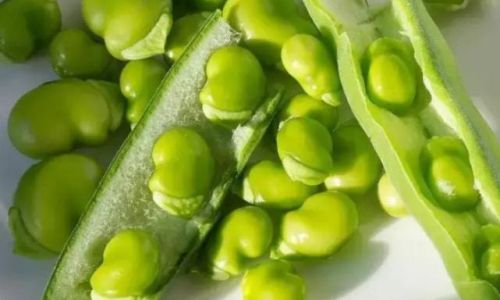
Blanching and Freezing: A Time-Tested Approach
Freezing is one of the most reliable ways to retain fava beans’ texture and flavor. However, blanching—a pre-freezing step—is critical to inactivate enzymes that cause off-flavors and texture changes during storage.
Steps for Blanching and Freezing
-
Preparation:
- Select fresh, plump pods. Avoid beans with blemishes or soft spots.
- Shell the beans and remove the outer skin (optional but recommended for a smoother texture).
-
Blanching:
- Boil water in a large pot. Add beans and cook for 2–3 minutes.
- Immediately transfer to an ice bath to halt cooking. This step preserves color and nutrients.
-
Drying:
Pat beans dry with a clean towel. Excess moisture leads to freezer burn.
-
Packaging:
- Use freezer-safe bags or containers, removing as much air as possible. Vacuum sealing is ideal.
- Label with the date and portion sizes for easy use.
Benefits:
- Frozen fava beans retain quality for 8–12 months.
- Blanching minimizes enzyme activity, preventing bitterness.
Pro Tips:
- Freeze beans in a single layer on a baking sheet before transferring to containers to prevent clumping.
- Use frozen beans directly in stews or sautés without thawing to maintain texture.
Drying: Ancient Technique, Modern Application
Drying removes moisture, creating an inhospitable environment for microbes. While traditional sun-drying is effective, modern dehydrators or ovens offer precision.
Methods for Drying Fava Beans
-
Sun-Drying:
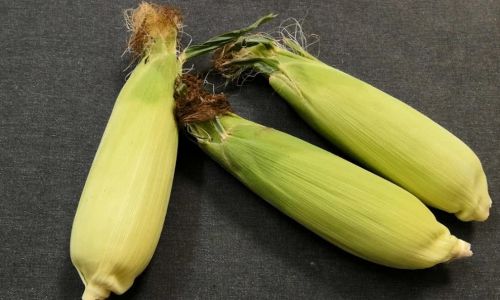
- Spread shelled beans on trays in a dry, well-ventilated area.
- Cover with cheesecloth to protect from insects.
- Time: 5–7 days (weather-dependent).
-
Oven Drying:
- Preheat to 140°F (60°C). Place beans on baking sheets.
- Dry for 6–8 hours, stirring occasionally.
-
Food Dehydrator:
Use at 125°F (52°C) for 8–10 hours.
Storage:
- Store dried beans in airtight containers in a cool, dark place.
- Properly dried beans last 1–2 years.
Rehydration:
- Soak in water for 2–3 hours before cooking.
Canning: Preserving for Pantry Stability
Canning involves sealing beans in jars and heating them to destroy microbes. Fava beans are low-acid, requiring pressure canning for safety.
Pressure Canning Steps
-
Preparation:
- Blanch beans for 2 minutes; pack into sterilized jars.
- Add boiling water or broth, leaving 1-inch headspace.
-
Processing:
Seal jars and process at 10 PSI (pounds per square inch) for 75 minutes (pints) or 90 minutes (quarts).
Water Bath Canning (Not Recommended):
- Unsafe for low-acid foods due to botulism risk.
Storage:
- Store canned beans in a cool, dark place. Shelf life: 1–2 years.
Fermentation: Unlocking Probiotic Potential
Fermentation preserves beans while enhancing digestibility and flavor. Lactic acid bacteria lower pH, inhibiting pathogens.
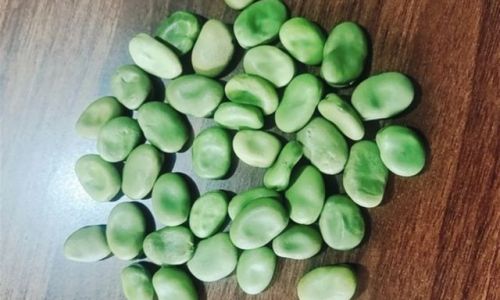
Fermentation Process
-
Brine Preparation:
Dissolve 3% salt in water (30g salt per liter).
-
Packing:
- Add beans to sterilized jars, covering with brine.
- Optional: Add spices (garlic, dill) or whey for faster fermentation.
-
Fermentation:
- Keep at 65–75°F (18–24°C) for 5–7 days.
- Burp jars daily to release gas.
Storage:
- Refrigerate after fermentation. Lasts 6–12 months.
Refrigeration: Short-Term Freshness
While not long-term, refrigeration extends freshness by 5–7 days when optimally stored.
Best Practices:
- Place beans in perforated plastic bags or airtight containers.
- Avoid washing until use to prevent moisture buildup.
Vacuum Sealing: Oxygen Elimination
Vacuum sealing removes air, slowing oxidation and microbial growth. Combine with freezing or refrigeration for maximum efficacy.
Steps:
- Use a vacuum sealer with moisture-resistant bags.
- Freeze beans first to prevent crushing during sealing.
Preservatives: Salt and Vinegar Brines
Brining in salt or vinegar creates a high-osmolarity environment, inhibiting spoilage organisms.
Pickled Fava Beans Recipe
-
Brine:
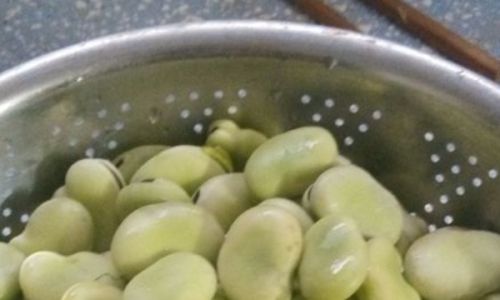
Boil 2 cups vinegar, 1 cup water, 2 tbsp sugar, 1 tbsp salt, and spices.
-
Packing:
Fill sterilized jars with beans and hot brine.
-
Storage:
Seal and refrigerate. Lasts 3–4 months.
Traditional Methods: Honey and Oil Preservation
Less common but culturally significant, these methods leverage natural preservatives.
Honey Preservation:
- Layer beans with honey in jars. High sugar content inhibits microbes.
Oil Preservation:
- Cover beans in olive oil with herbs. Refrigerate and use within 2 months (risk of botulism if improperly stored).
Best Practices for All Methods
-
Quality Control:
- Use only fresh, undamaged beans.
- Sanitize equipment to prevent contamination.
-
Labeling:
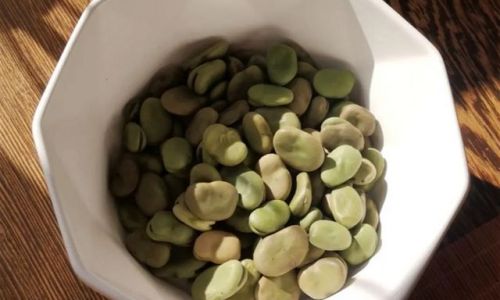
Date and label containers to track freshness.
-
Inspection:
Regularly check for spoilage signs: off odors, mold, or bulging lids.
Troubleshooting Common Issues
- Freezer Burn: Caused by air exposure. Use vacuum sealing.
- Mushy Texture: Overcooking during blanching. Reduce blanching time.
- Cloudy Brine: Fermentation failure. Discard and sterilize jars.
Conclusion
Preserving fava beans requires understanding the interplay of enzymes, microbes, and environmental factors. By mastering techniques like blanching, drying, and fermentation, you can enjoy these legumes’ benefits year-round. Experiment with methods to suit your culinary needs, whether seeking pantry stability, probiotic enrichment, or quick meal solutions. Proper preservation not only reduces food waste but also connects us to time-honored traditions of sustaining nutrition across seasons.
This article provides a thorough exploration of fava bean preservation, blending scientific principles with practical advice. By adhering to these methods, you can transform a seasonal delight into a year-round staple.




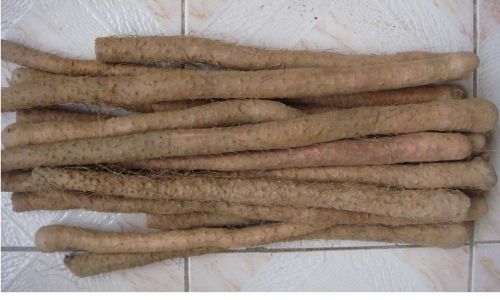

0 comments